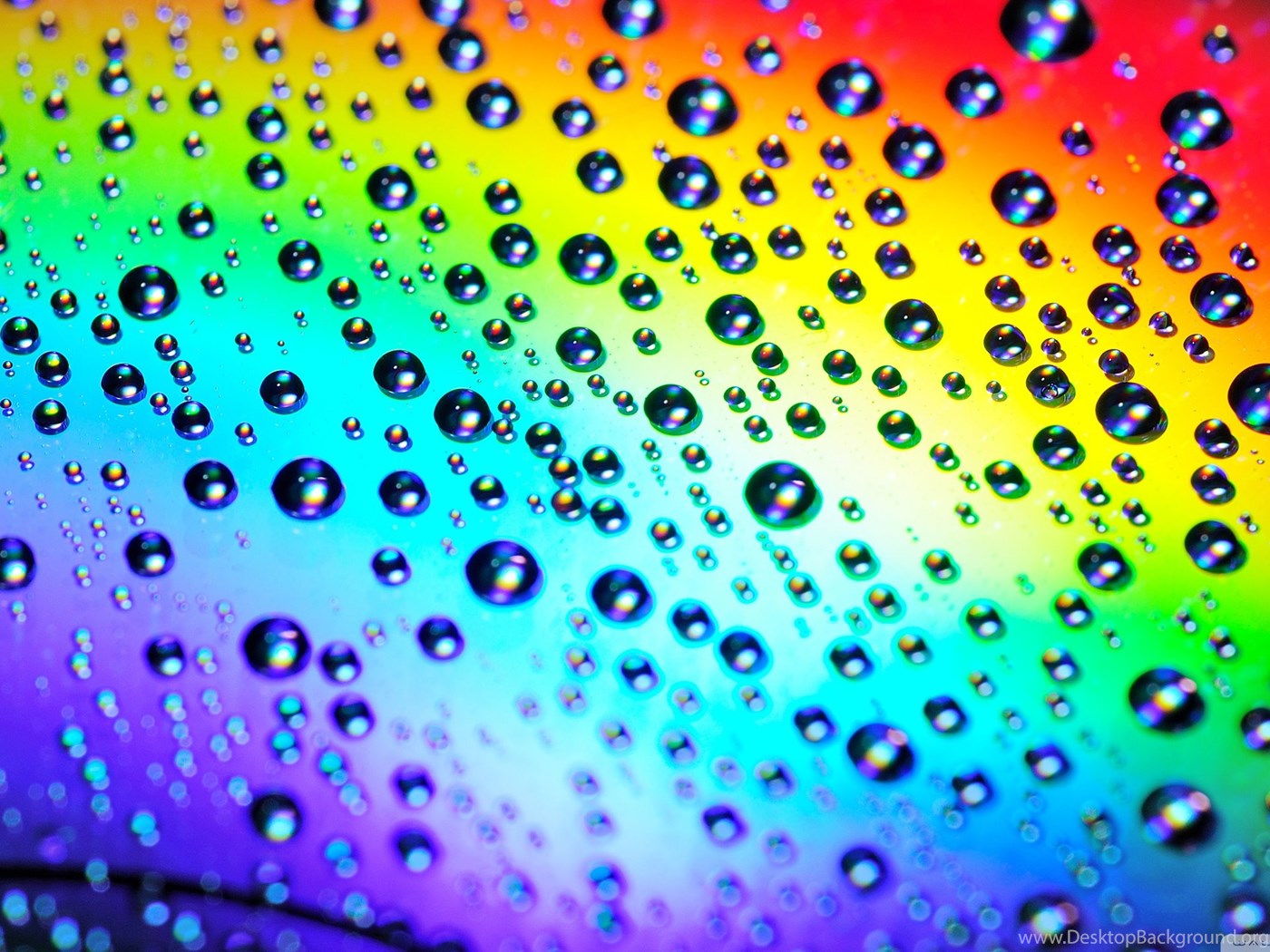

Reflected Rainbow and Reflection RainbowĪ reflected rainbow and a reflection rainbow are two distinct types of rainbows, but both are closely related. A monochrome rainbow has quite a dramatic effect on the atmosphere. Due to the great distance, short wavelength lights such as yellow, blue and green are scattered and displaced from the spectrum leaving only the red color. Also known as a red rainbow, a monochrome rainbow is a rare meteorological occurrence and only happens when sunlight travels farthest through the earth’s atmosphere, during sunrise or sunset. Monochrome RainbowĪ monochrome rainbow is a type of rainbow whose color spectrum is based on a single color, usually red. One distinct feature of supernumerary rainbows is that they are made up of pastel colors instead of the normal spectrum present in the usual rainbow. Supernumerary rainbows are formed as sunlight strikes small droplets of water, usually having a diameter not exceeding 1 millimeter.

Supernumerary rainbows are detached from the main bow known as the stacker rainbow, and as they move away from the main bow, they become fainter. This rainbow appears as an extra band inside the primary rainbow or in some cases, outside the secondary rainbow and normally occurs in fogbows. Supernumerary RainbowsĪnother rare type of rainbow is the supernumerary rainbow. Full-circle rainbows can also be formed artificially by spraying water mists through a hose when facing away from sunlight. In rare cases, full-circle rainbows can be made up of a primary bow and a secondary bow. These limitations can be removed by moving to high altitudes such as at the top of a tall building or on board an airplane, and a full-circle rainbow can be observed. However, several limitations brought about by the sun’s position in the sky or obstructions of the sun by the landscape prevent the observation of a rainbow in its full-circle. With the right conditions, all rainbows are supposed to form a full-circle as opposed to the semi-circular shape usual seen. The reflection of white light takes place inside the colored bands of the rainbows. Multiple rainbows are formed by the double reflection of sunlight inside raindrops and are between 130 degrees and 127 degrees in width. The region in-between the multiple rainbows which is unlit is officially known as Alexander’s band, named after Alexander of Aphrodisias, a 2nd-century Peripatetic philosopher who first described the band. As the name suggests, multiple rainbows are instances when more than one rainbow occur simultaneously in the same place and are made up of a primary rainbow and other secondary rainbows. Multiple rainbows are sometimes referred to as double rainbows. Multiple rainbows are another type of rainbow which is also a rare occurrence. In some instances, the rainbow can even split into three branches, but such occurrences are extremely rare. The sizes of raindrops in the two rain showers are usually 0.40 millimeters and 0.45 millimeters with the small variation in size being the cause of the splitting of the rainbow into two. Twinned rainbows are formed when the light is refracted after coming across two rain showers which have distinct sizes of raindrops.

The color profile in twinned rainbows is the same spectrum as that in a regular rainbow. These rainbows start from a common base but split along the arc making a primary rainbow and a secondary rainbow with the two having colors appearing in the same order. Twinned rainbows are some of the rarest types of rainbows to occur in nature. There are numerous types of rainbows which undergo different processes in their formation. In theory, rainbows appear as full-circles but are usually seen as an arc. A rainbow is formed as light traveling through the atmosphere interacts with water droplets where refraction, dispersion, and reflection of the light from the droplets leads to the formation of a spectrum of colors in the atmosphere. What Are The Different Types Of Rainbows? In theory, rainbows appear as full-circles but are usually seen as an arc.Ī rainbow is a meteorological phenomenal which has awed humanity with its beauty throughout history.


 0 kommentar(er)
0 kommentar(er)
